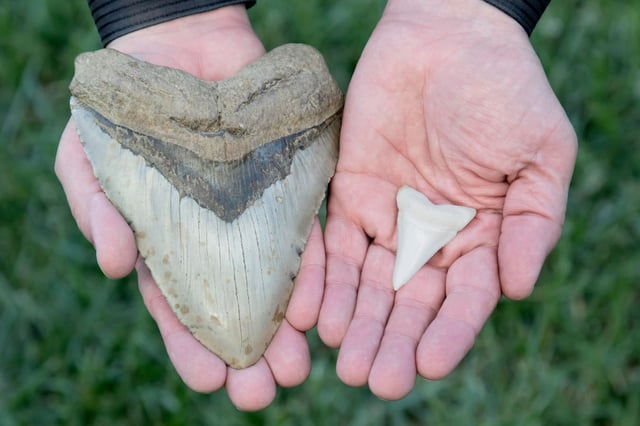Overview
- Megalodon, once thought to exclusively hunt whales, is now understood to have been an opportunistic predator with a diverse diet including marine mammals and large fish.
- Zinc isotope analysis of fossilized teeth provided insights into the shark's position in the food chain and its flexible feeding habits.
- Regional differences in diet were observed, with megalodons in some areas feeding more on lower levels of the food pyramid due to prey availability.
- The species required an estimated 100,000 kilocalories daily, highlighting the immense energy demands tied to its massive size, which could reach up to 24 meters in length.
- Researchers suggest competition from the modern great white shark may have contributed to megalodon’s extinction approximately 3.6 million years ago.



